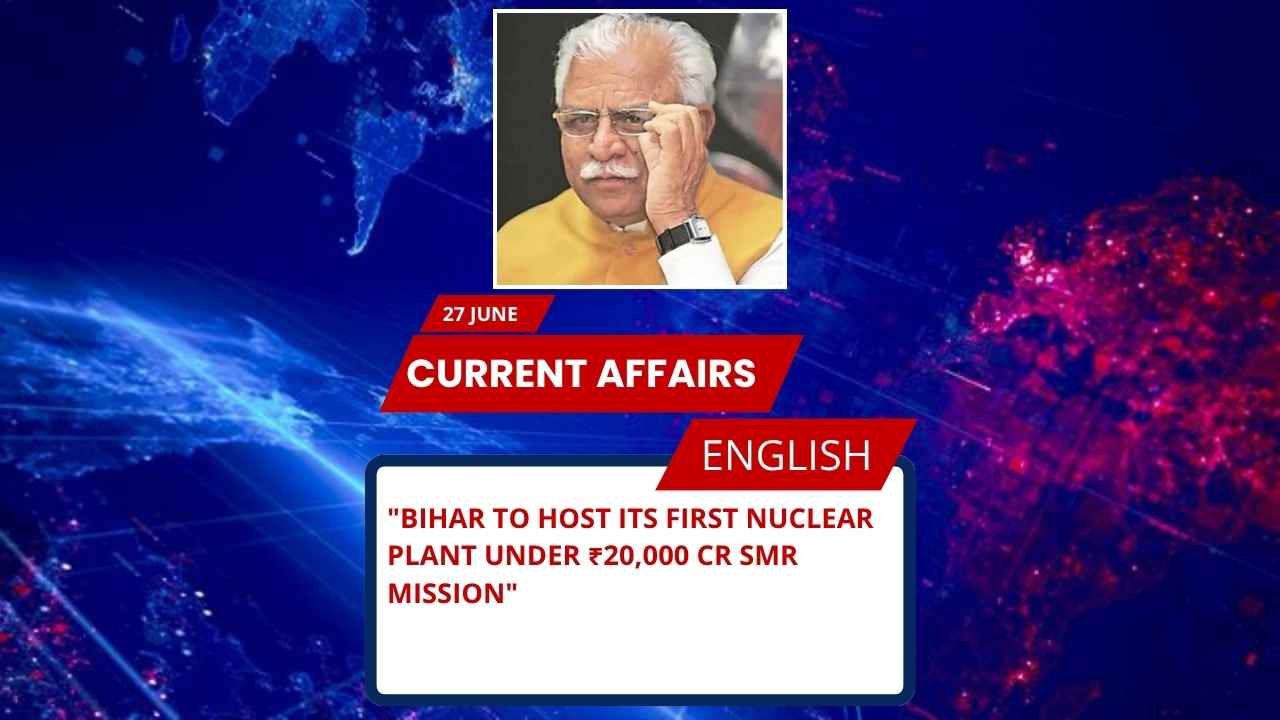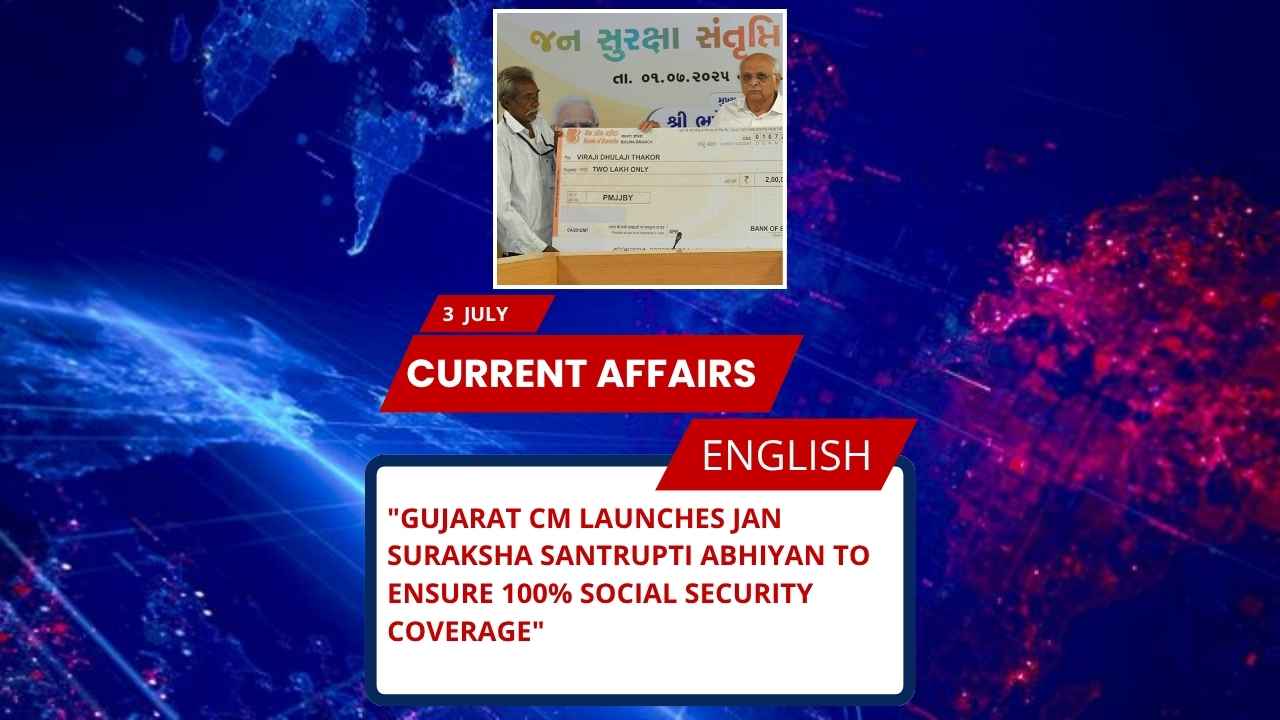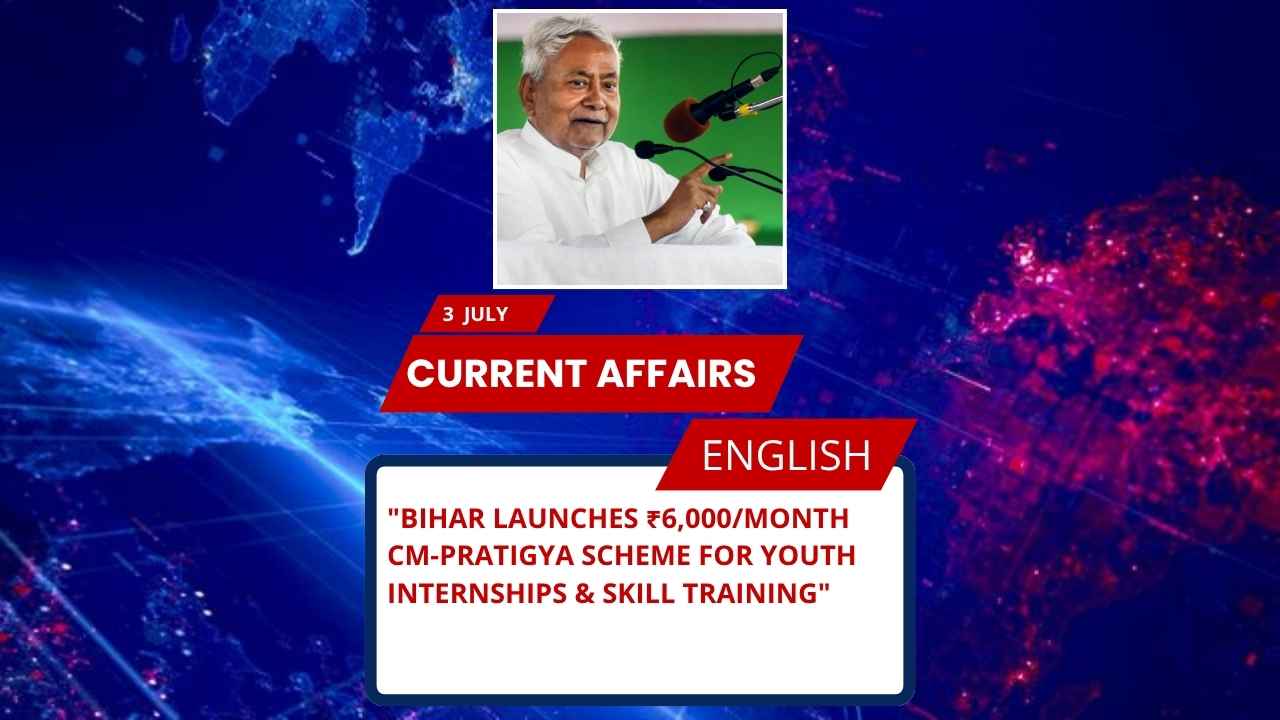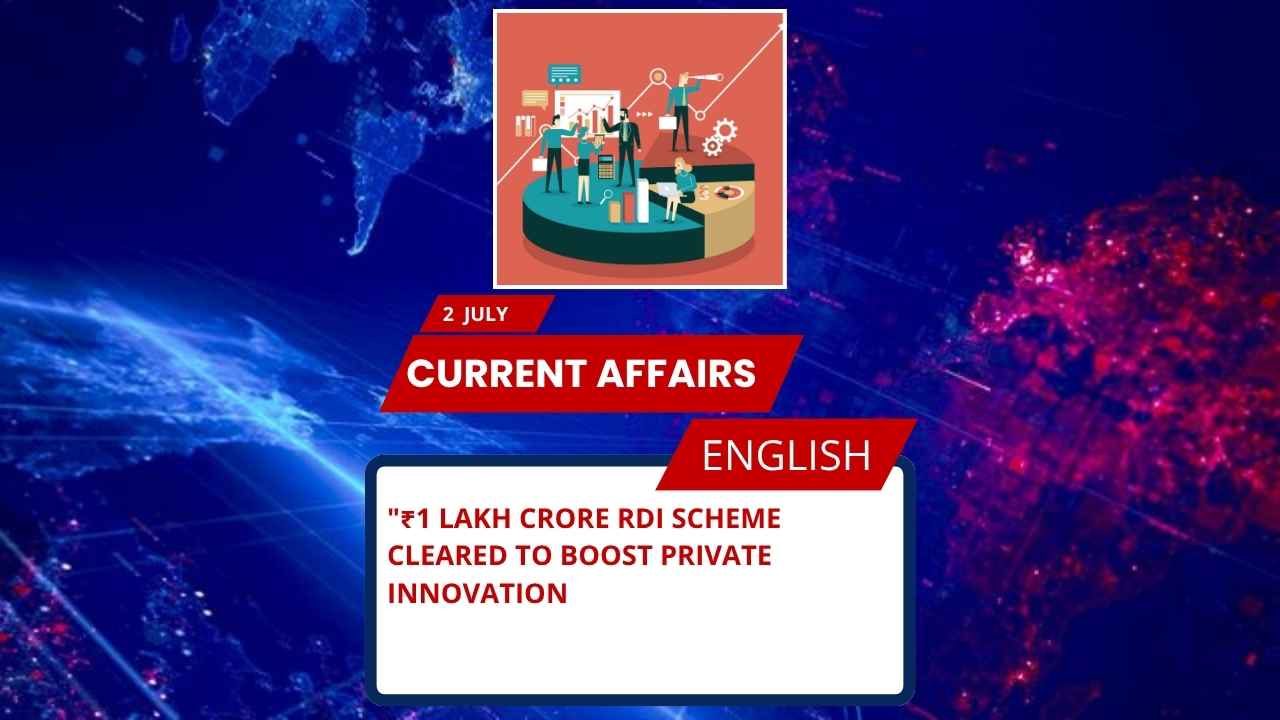
Key Points for SSC, UPSC & Other Govt Exams:
- Bihar to get its first-ever nuclear power plant.
- Plant to be based on Small Modular Reactor (SMR) technology.
- Approved under the new ₹20,000 Cr National Nuclear Energy Mission.
- Union Power Minister Manohar Lal Khattar made the announcement.
- 1,000 MW battery storage project also approved for Bihar.
- Bihar to receive 500 MW additional electricity for 6 months.
- Part of Centre’s broader 2035 Power Vision (thermal, solar, wind, nuclear).
- First time Bihar included in the central nuclear energy expansion plan.
Full Explanation
Introduction
In a landmark development for Bihar’s energy sector, the state is set to receive its first nuclear power plant under India’s new National Nuclear Energy Mission, which was announced in the Union Budget 2025-26 with an allocation of ₹20,000 crore. This makes Bihar one of the first six states to benefit from India’s ambitious clean energy expansion.
What Is the National Nuclear Energy Mission?
The National Nuclear Energy Mission aims to:
- Establish at least one nuclear power plant in every state.
- Expand India’s capacity in reliable, long-term, and clean energy.
- Use Small Modular Reactors (SMRs) that are cost-effective, safer, and suitable for smaller regions.
Bihar’s Role in the SMR Rollout
Union Power Minister Manohar Lal Khattar confirmed Bihar’s inclusion in the national SMR initiative. He said that the Centre accepted Bihar’s request and would fully support the establishment of the nuclear plant.
Key points:
- Location and size of the plant are yet to be finalized.
- Bihar also received approval for a 1,000 MW battery storage project, funded with ₹18 lakh per MW via Viability Gap Funding (VGF).
- The Centre will supply 500 MW of extra power to Bihar for 6 months to meet summer demand.
Why This Is Significant for Bihar
- Bihar has historically struggled with power shortages and infrastructure gaps.
- This project will improve power reliability and support industrial development.
- It is seen as a political and economic boost ahead of the state assembly elections.
What Are Small Modular Reactors (SMRs)?
SMRs are:
- Next-gen nuclear reactors with advanced safety features.
- Designed to be modular and deployable even in small grids.
- Safer and more flexible than traditional large nuclear plants.
- Ideal for energy-deficient states like Bihar.
Centre’s Broader Energy Vision
- The Centre has created a Power Vision for 2035 focusing on:
- Thermal
- Solar
- Wind
- Battery storage
- Nuclear
- The goal is to meet India’s growing energy demand with clean and sustainable sources.
Additional Milestones for Bihar
- 8 million smart meters have been installed in the state.
- Reduction in technical and commercial losses in the power sector.
- PM Modi also laid the foundation for a 500 MWh Battery Energy Storage System (BESS) in Siwan, Bihar on June 20.
State Profile: Bihar (For MCQ Section)
- Capital: Patna
- Chief Minister: Nitish Kumar
- Governor: Rajendra Arlekar
- Major Rivers: Ganga, Kosi, Gandak, Son
- Important National Parks: Valmiki National Park
- Famous Wildlife Sanctuary: Bhimbandh Wildlife Sanctuary
- Major Thermal Plants: Barauni, Kahalgaon
- Recent Infrastructure Projects: BESS in Siwan, Smart Meter Rollout
Possible MCQs Based on This Topic:
1. Which Indian state is set to get its first nuclear power plant based on Small Modular Reactor (SMR) technology?
A. Odisha
B. Bihar
C. Gujarat
D. Madhya Pradesh
Answer: B. Bihar
2. What is the total budget allocated for the National Nuclear Energy Mission in Union Budget 2025-26?
A. ₹10,000 crore
B. ₹15,000 crore
C. ₹20,000 crore
D. ₹25,000 crore
Answer: C. ₹20,000 crore
3. Who is the current Union Power Minister of India (as of June 2025)?
A. R.K. Singh
B. Nitin Gadkari
C. Manohar Lal Khattar
D. H.D. Kumaraswamy
Answer: C. Manohar Lal Khattar
4. What is the funding support announced for battery storage capacity in Bihar under VGF?
A. ₹10 lakh per MW
B. ₹15 lakh per MW
C. ₹18 lakh per MW
D. ₹20 lakh per MW
Answer: C. ₹18 lakh per MW
5. Which nuclear technology is considered suitable for small grids and enhanced safety?
A. Fast Breeder Reactor
B. Molten Salt Reactor
C. Small Modular Reactor
D. Pressurized Heavy Water Reactor
Answer: C. Small Modular Reactor
UPSC-Style FAQs and Model Answers
Q1. Why is the inclusion of Bihar in the Nuclear Energy Mission significant from a federal governance and energy equity perspective?
Answer:
The inclusion of Bihar in the National Nuclear Energy Mission marks a critical shift in regional energy equity. Historically, nuclear infrastructure has been concentrated in states like Tamil Nadu and Maharashtra. Bihar’s induction reflects a federal approach to resource distribution and empowers lagging regions to become energy-resilient. It aligns with India’s broader inclusive development agenda and enhances Bihar’s energy security, aiding industrial and economic growth.
Q2. What role do Small Modular Reactors (SMRs) play in India’s energy transition strategy?
Answer:
SMRs are pivotal in India’s strategy for achieving clean and decentralized energy access. They offer a scalable, cost-efficient, and safe alternative to traditional nuclear plants. By allowing deployment in remote and power-deficient areas, SMRs help in reducing dependence on fossil fuels and support India’s net-zero carbon goals. Their modular nature also simplifies construction timelines and enhances operational flexibility.
Q3. How does the battery storage initiative complement the nuclear energy plan in Bihar?
Answer:
The 1,000 MW battery storage project complements the nuclear initiative by enhancing grid stability and renewable energy integration. While nuclear ensures a steady base load, storage systems help balance demand-supply fluctuations, particularly from solar and wind sources. Together, they form a hybrid energy model aimed at 24×7 power access, vital for industrialization and rural electrification in Bihar.
Q4. Discuss the potential challenges in implementing nuclear energy projects in states like Bihar.
Answer:
Implementing nuclear projects in Bihar may face challenges such as land acquisition issues, local resistance, infrastructure gaps, and technical skill shortages. Additionally, regulatory delays and environmental concerns may hinder timely implementation. Addressing these requires multi-stakeholder coordination, capacity building, and strong institutional support from the Centre and state governments.







